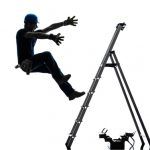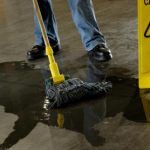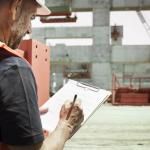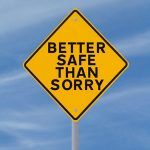
The Measures For Controlling Slip, Trip And Fall Hazards At Work

Slips and falls are common safety hazards in almost every workplace. Offices, construction sites, industrial workplaces and retail spaces all have slip and fall risks which can cause serious injury or even death. Around 18% of time-loss injuries accepted by worker compensation boards are due to slips and falls.
To ensure that your employees, customers, and visitors remain safe when they are at your workplace, you must focus your energy into integrating measures for controlling slips, trips and falls. In this article we will show you some of the control measures available for these kinds of hazards at work, and how you can apply them in your specific workplace:
The Types of Slip and Fall Controls
When it comes to preventing slips and falls in the workplace, there are 4 major groups of controls you can apply to prevent accidents and injuries. These controls are:
- Engineering controls
- Administrative controls
- Safe work practices
- Personal Protective equipment
These slip and fall controls must be applied together in order to reduce the likelihood and severity of workplace injuries. No one group of safety measures alone is enough to prevent accidents or incidents.
Engineering controls
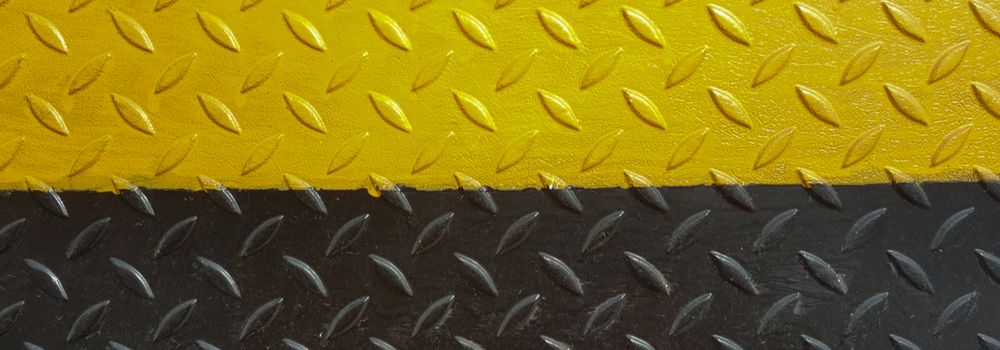
Many slip and fall hazards can be mitigated through engineering controls. Engineering controls are those which focus on making the physical environment in which work takes place safe and free from slip hazards. Poorly maintained workplaces and work environments such as construction sites are those which are most prone to having engineering control deficiencies. Engineering controls includes having:
- Appropriate drainage
- Adequate lighting (minimize glare and contrast)
- Guardrails for raised floors, mezzanines and balconies
- Minimize environmental influences
- Slip-resistant flooring and mats
- Slope of surfaces (like ramps, handrails)
- Surface free of holes and obstructions
Administrative Controls
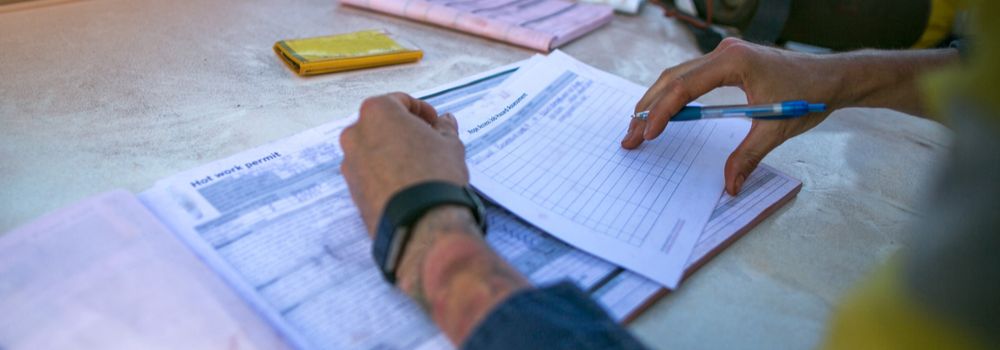
Another measure companies must take against dangerous slips and falls are administrative controls. Administrative controls, also known as work practice controls, are measures taken to make work procedures more safe, such as safety policies, rules, super vision, schedules, and training. The goal of administrative controls is to reduce the duration, frequency, and severity of exposure to dangerous slip and fall situations. Administrative controls include the following measures:
- Correcting poor work practices
- Conducting joint health and safety committee monthly inspections
- Designing jobs that lessen the needs for tasks like excessive pushing/pulling, line-of-sight obstruction and over-reaching
- Establishing safe work practices
- Making sure there are shovels, mops and buckets available
- Providing a procedure for reporting hazards
- Properly maintaining the workplace
- Providing signs for wet floors
- Reviewing slips, trips and same-level fall incidents
Safe Work Practices
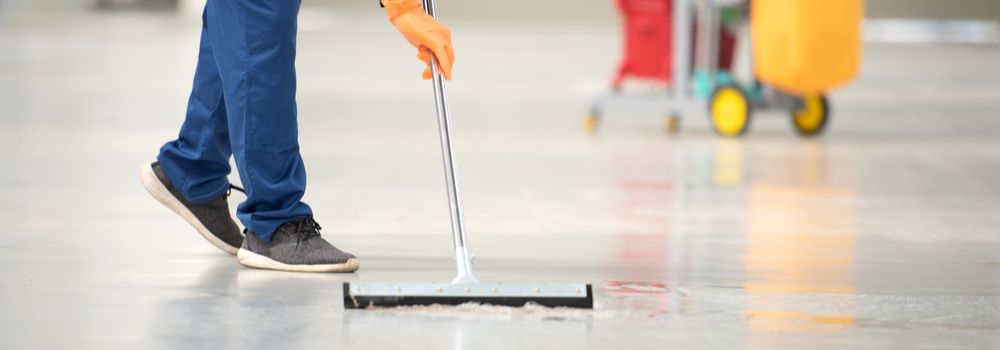
In addition to administrative controls safe work practices are of paramount importance. Administrative controls include defining safe work practices, however simply having rules does not necessarily mitigate accidents on their own. Workers, supervisors, and employers all must follow the safe work practices to reduce the risk of injury. Safe work practices include taking steps as:
- Cleaning castors on wheeled carts
- Cleaning floors with appropriate solutions, regularly
- Cleaning spills up ASAP
- Cleaning up the grease buildup from slip resistant mats
- Making sure to maintain three-point contact on ladders
- Removing clutter from walking surfaces
Personal Protective Equipment
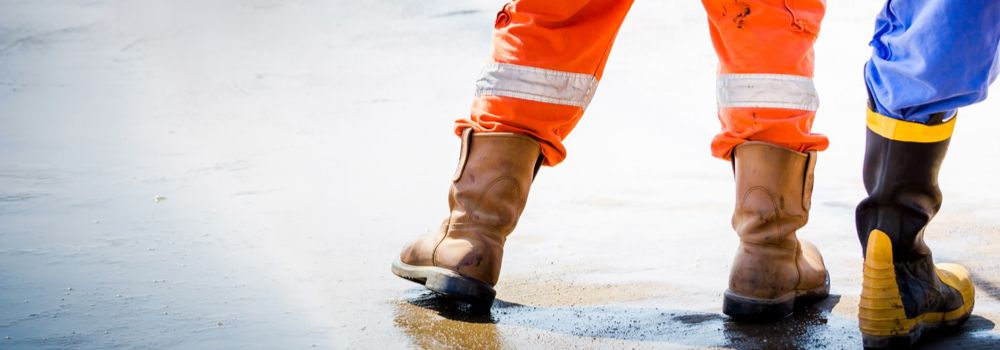
Finally, workers and visitors to the workplace should make good use of Personal Protective Equipment (PPE). Proper Personal Protective Equipment can dramatically reduce the risk of injury or death in slip and fall situations. Workplaces should require that proper PPE is worn at all times whenever work is performed in an environment which carries an increased risk of slips and falls. Examples of Personal Protective Equipment to prevent slips and falls are:
- Using proper footwear, based on the appropriate footwear based on the job’s risk assessment
- Using proper-fitting footwear that may include slip-resistant soles
- Using and maintaining your fall protection equipment
Keeping Your Workplace Safe
A workplace which is safe from slips and falls, as well as other workplace health and safety hazard is a productive workplace. Since its establishment, Advanced Consulting & Training has dedicated itself towards improving the safety of companies and businesses throughout the region. Our comprehensive portfolio of safety programs covers a wide variety of topics including Working From Heights training, Safety Inspection consulting, and much more. If you would like to improve your business’ safety, contact us today.

